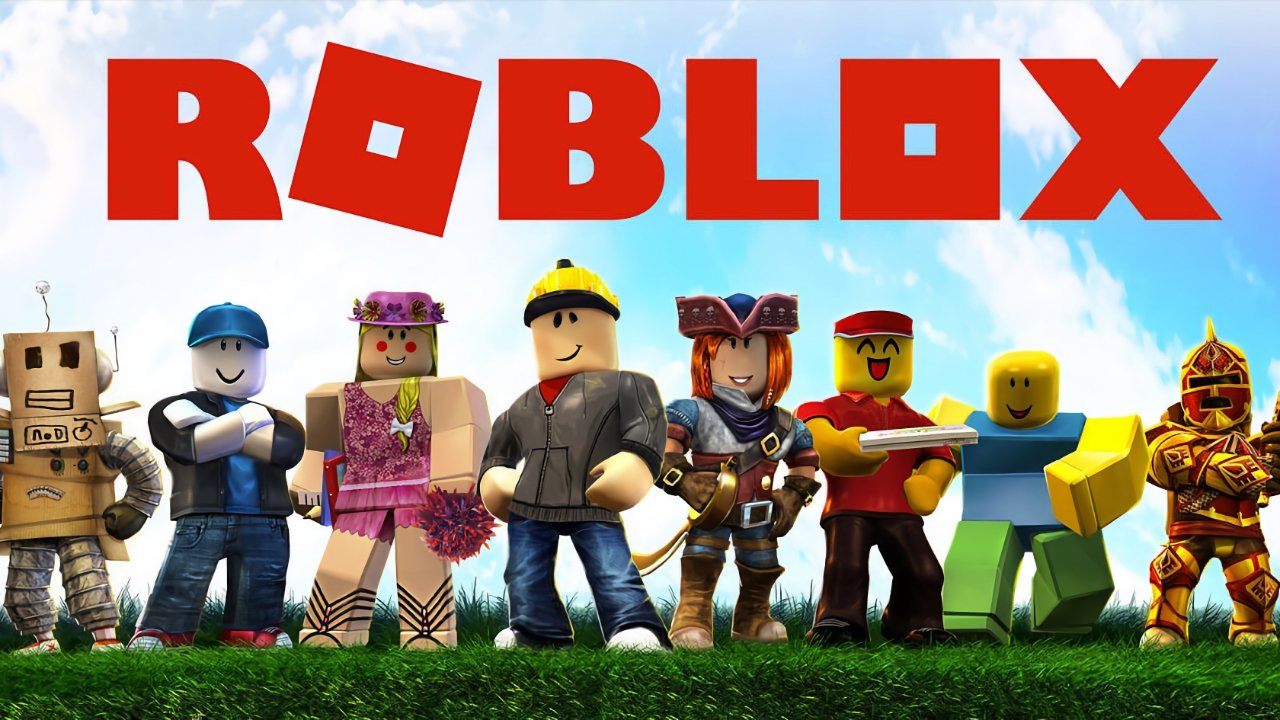Forget everything you thought you knew about gaming dominance. On 23 August 2025, Roblox shattered expectations by hitting 45 million concurrent players simultaneously. This wasn’t just another milestone — it demolished Steam’s all-time peak of 41.2 million users across its entire platform. The kicker? Roblox achieved this with a predominantly child and teenage user base in a user-generated content ecosystem.
The Numbers That Changed Everything
Roblox CEO David Baszucki’s announcement sent shockwaves through an industry that still viewed Steam as the untouchable PC gaming giant. Steam built its empire hosting thousands of individual games from professional studios. Roblox operates differently — it’s a platform where players become creators, building and sharing games accessible across mobile, PC, and console. This cross-device accessibility removes barriers that traditional PC gaming platforms can’t overcome. The platform’s demographic makeup makes this achievement even more remarkable. Many users haven’t hit their thirteenth birthday yet.
These aren’t hardcore PC gamers with expensive rigs — they’re kids on tablets and smartphones. Roblox Studio, the platform’s creation tool, democratises game development by removing technical barriers that kept ordinary players from becoming creators. Speed matters here: creators launch games without infrastructure costs, marketing budgets, or publisher approvals. The platform’s discovery algorithms and social systems ensure new creations find their audience almost immediately. This creates a self-perpetuating cycle where engagement breeds more content, which drives more engagement.
How User Creativity Became the Ultimate Business Model
Roblox’s vertically integrated ecosystem turned conventional gaming economics upside down by making users both consumers and producers simultaneously. Traditional gaming companies spend millions developing titles and hoping players bite. Roblox outsourced that entire process to its community for free. Roblox Studio’s low-code environment means a twelve-year-old with an idea can compete alongside experienced developers. The platform handles hosting, matchmaking, social features, and payment processing — everything creators need to monetise their vision. Revenue flows through game passes, virtual items, and advertising, creating a virtual economy worth billions. Here’s the controversy: creators earn roughly thirty pence per pound users spend in their games.
View this post on Instagram
Critics argue this revenue split discourages professional developers from serious investment on the platform. The model concentrates wealth among a small creator elite while thousands chase pennies. Despite these concerns, Roblox’s economic footprint spans the globe — generating billions in GDP and supporting thousands of jobs in non-traditional tech markets. The platform proves social play and monetisation can coexist when young users find genuine value in creative expression and community connection.
Growing Pains: Safety, Trust, and Scaling Responsibly
Explosive growth brings serious responsibilities, especially when your primary users are children who need protection from predators, inappropriate content, and exploitative practices. Roblox faces constant scrutiny over whether its moderation systems adequately protect vulnerable young users at scale. Recent investments in content filtering, user controls, and parental oversight features show the company recognises these concerns. Industry leaders watching Roblox must understand that scale without governance invites regulatory crackdowns and reputational damage.
The platform exemplifies a broader truth: user-generated ecosystems can disrupt traditional hierarchies, but only if trust remains intact. Parents need confidence their children are safe. Regulators need proof that monetisation practices aren’t predatory. Privacy protections, transparent spending mechanisms, and robust moderation aren’t optional features — they’re foundational requirements. The platforms that crack this code will dominate the next generation of digital entertainment.
Why Young Players Choose Roblox Over Everything Else
Roblox’s 111 million daily active users didn’t arrive by accident—the platform understands what Gen Z and Gen Alpha actually want from digital entertainment. At the 2025 Roblox Developers Conference, the company unveiled AI-powered creation tools that transform how kids interact with gaming. A Cube 3D Mesh Generator converts text prompts into functional game assets, while text-to-speech and speech-to-text APIs enable dynamic conversations with NPCs.
Real-time language translation breaks down communication barriers, letting a kid in Tokyo play seamlessly with someone in São Paulo. These tools democratize creation, letting anyone with ideas compete regardless of technical background or coding expertise. Graphics improvements through scalable, lightweight interactive models deliver console-quality experiences even on budget smartphones and tablets kids actually own.
New server-authority systems and matchmaking infrastructure support competitive genres like battle royale and racing without the cheating problems plaguing other platforms. Avatar animations now include realistic running, climbing, and swimming—physical movements that make virtual identity feel genuinely expressive. But technology alone doesn’t explain Roblox’s grip on younger audiences. The platform evolved into a social network disguised as a gaming platform.
“Roblox Moments” lets users capture, edit, and share gameplay clips TikTok-style, turning gaming into shareable social content. Friends don’t just play together—they create memories, build communities, and express identity through customized avatars and virtual spaces. For digital natives who’ve never known life without smartphones, Roblox feels like their internet, their hangout spot, their creative outlet—all merged into one ecosystem.
What Gaming’s Demographic Revolution Means for Business
The gaming population isn’t just growing — it’s getting younger, more globally connected, and fundamentally different in what it values. Generation Z and younger players prioritise creativity, social connection, and platforms that enable self-expression over traditional single-player narrative experiences. Smartphone penetration among children and teenagers creates always-on connectivity that previous generations never experienced. These digital natives expect interactivity, community features, and opportunities to shape their entertainment rather than passively consume it.
Spending patterns differ too. Younger generations invest in digital experiences offering personalised content, social status, and ongoing engagement over one-time purchases. For business leaders, this means platforms emphasising user creativity and social interaction will capture sustained growth while traditional models fade. Emerging markets with young populations, rising incomes, and rapid urbanisation represent untapped goldmines for companies that localise content and payment methods.
Countries like India and parts of Africa offer demographic dividends that could reshape global gaming economics. Meanwhile, established markets see younger cohorts demanding socially responsible entertainment that aligns with their values.
The Path Forward: Strategic Moves for Gaming Leaders
Roblox’s record-breaking achievement offers a blueprint, but copying it isn’t enough — leaders must adapt these lessons to their specific contexts. Data-driven market segmentation becomes critical for understanding multi-generational preferences and spending behaviours across different demographics.
Investing in platforms that scale user creativity builds resilient revenue sources while deepening engagement through community ownership. Safety and ethical monetisation can’t be afterthoughts when serving young audiences — they’re competitive advantages that build brand trust.
Roblox beating Steam isn’t just about numbers — it reveals where gaming’s future lies. A platform powered by kids and user creativity outscaled PC gaming’s biggest hub because it understood something traditional companies missed. Today’s players don’t just want games — they want tools to build their own worlds and communities to share them with.
The platforms that empower this creativity while protecting young users will define the next era of digital entertainment. For CEOs, the message is clear: adapt to these demographic realities and new engagement models, or watch from the sidelines as the industry transforms without you.







